Dear Stephen,
I’ve had lyme symptoms for about six months now, mostly recurrent general weakness, fatigue and muscle ache, especially in the lower legs. After taking doxycycline at a high dose for 6 weeks supported by some herbs and sauna for another month, then teasel root tincture and other forms of detoxification plus homeopathic remedies and Bach flowers, my symptoms all but disappeared but I suspect I still have lyme in cyst form. A friend of mine said that bismacine is the only known thing that will kill off encysted lymes. What is your perspective on that? If bismacine is something to recommend (I’ve only found FDA warnings about it on the Internet, stating it might be lethal), how safe do you think it is? Should it be combined with other approaches/herbs? In what form—oral or IV? Who would do such a treatment? Thank you very much.
Stephen’s response:
In my opinion bismacine is exceptionally dangerous. I would not use it. It is lethal. I personally know of several deaths. For your fatigue you might try
eleutherococcus at dosages laid out in
Healing Lyme. Also: for that kind of general weakness and fatigue I recommend a combination tincture of pine pollen,
aralia nudicaulis, and American ginseng. Kate Gilday at
www.woodlandessence.com carries it. These two things and perhaps the regular use of low dose knotweed will clear your symptoms.
Stephen
-
Stephen Harrod Buhner was an Earth poet and an award-winning author of twenty-four books on nature, indigenous cultures, the environment, and herbal medicine including the acclaimed book Healing Lyme: Natural Healing & Prevention of Lyme Borreliosis & Its Co-infections.
Stephen came from a long line of healers including Leroy Burney, Surgeon General of the United States under Eisenhower and Kennedy, and Elizabeth Lusterheide, a midwife and herbalist who worked in rural Indiana in the early nineteenth century. The greatest influence on his work, however, was his great-grandfather C.G. Harrod who primarily used botanical medicines, also in rural Indiana, when he began his work as a physician in 1911.
Stephen’s work has appeared or been profiled in publications throughout North America and Europe including Common Boundary, Apotheosis, Shaman’s Drum, The New York Times, CNN, and Good Morning America. Stephen lectured yearly throughout the United States on herbal medicine, the sacredness of plants, the intelligence of Nature, and the states of mind necessary for successful habitation of Earth.
He was a tireless advocate for the reincorporation of the exploratory artist, independent scholar, amateur naturalist, and citizen scientist in American society – especially as a counterweight to the influence of corporate science and technology.
View all posts

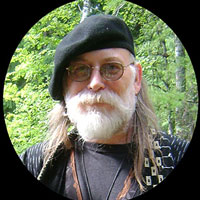



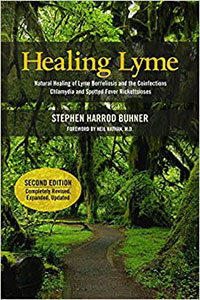
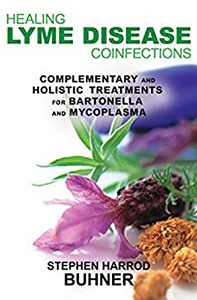
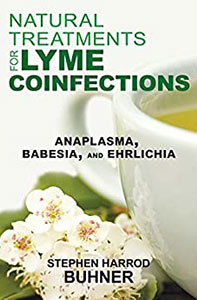
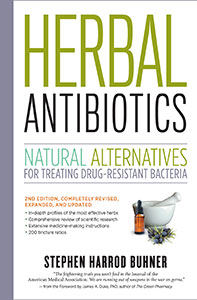
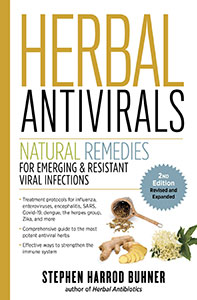



0 Comments